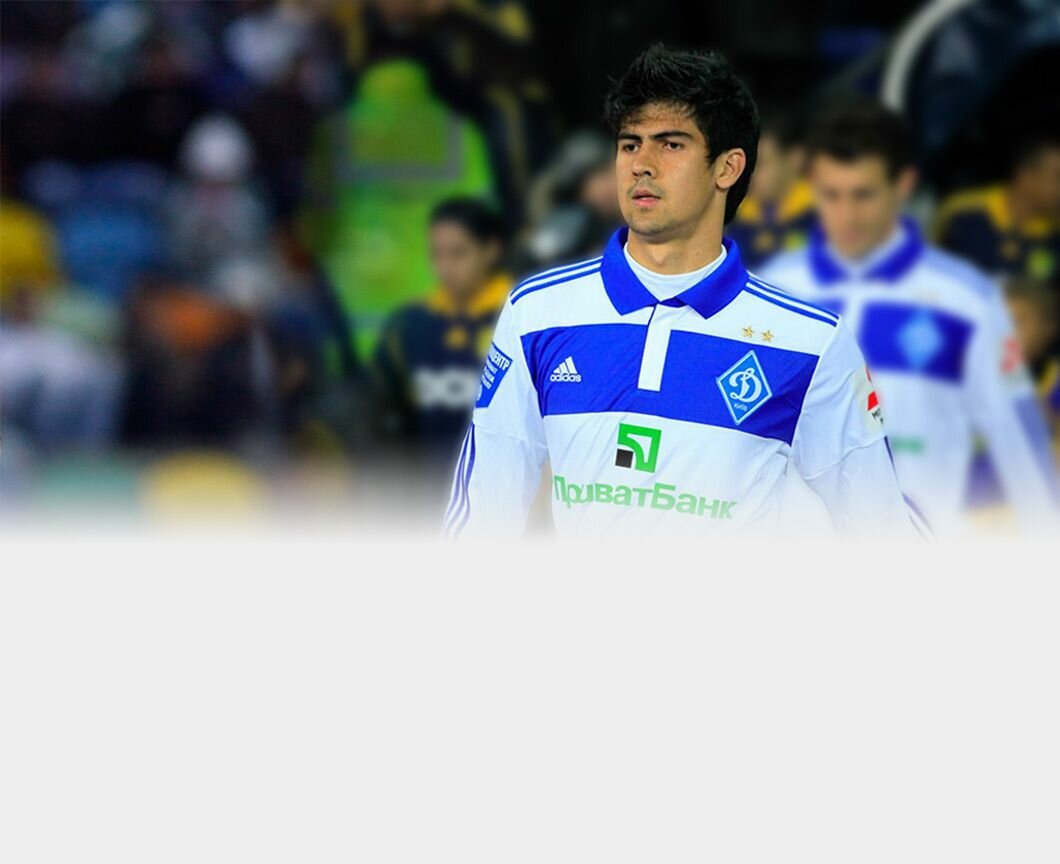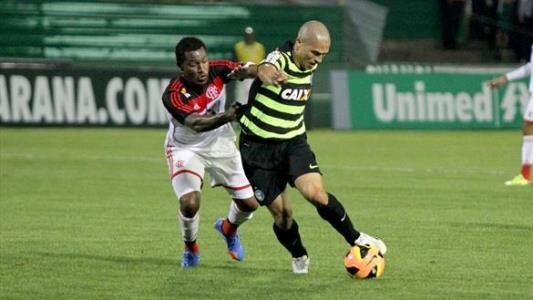What Is Denial Of An Obvious Goal-Scoring Opportunity?
When you’re watching a football match, you might notice moments where a foul seems to stop a certain goal. This isn’t just another free kick—it’s what officials call Denial of an Obvious Goal-Scoring Opportunity, or DOGSO. Understanding when and why these incidents result in red cards can change how you see the flow and fairness of the game. So, what exactly sets these situations apart from ordinary fouls?
Definition and Purpose of DOGSO
When a player commits a foul that prevents an opponent from scoring or having a clear chance to score, this is referred to as Denial of an Obvious Goal-Scoring Opportunity (DOGSO). This action typically occurs when a defender commits a deliberate foul or handles the ball, obstructing an opponent who's a legitimate chance to score.
The assessment of DOGSO involves the referee evaluating four key factors: the distance from the goal, the direction of the attacking play, the control of the ball by the attacking player, and the positioning of other defenders.
If these criteria indicate that a clear goal-scoring opportunity was denied, the player responsible for the foul is penalized with a red card.
The primary purpose of the DOGSO rule is to deter players from committing intentional fouls that unjustly disrupt an offensive play or deny an opponent a probable scoring opportunity.
When Does DOGSO Apply in a Match?
DOGSO, or Denying an Obvious Goal-Scoring Opportunity, is a rule in soccer that applies in specific scenarios where a foul interrupts a clear chance for a goal.
This rule comes into effect when an attacking player has possession of the ball, is in close proximity to the goal, and faces minimal defensive opposition. Referees analyze the situation by considering factors such as the player's distance from the goal, the direction in which they're moving, and the nature of the foul committed.
A deliberate handball that prevents a clear goal-scoring opportunity typically results in an automatic red card issuance.
Additionally, if the DOGSO incident occurs within the bounds of the penalty area, it not only leads to a penalty kick being awarded to the attacking team but may also result in a yellow card for the offending player, although this is contingent upon the circumstances surrounding the foul.
It's important for referees to apply these criteria consistently to maintain fairness in the match.
Differentiating DOGSO From Tactical Fouls
Understanding the application of Denial of an Obvious Goal-Scoring Opportunity (DOGSO) is essential for effective management of on-field discipline in soccer.
It's crucial for referees to differentiate DOGSO from tactical fouls, as these situations require different disciplinary actions.
DOGSO occurs when a player commits a serious foul that prevents the attacking team from a clear opportunity to score. This typically happens when an attacker has control of the ball, is in a position to score, and there are only a few defenders present.
In such cases, the appropriate sanction is a red card, reflecting the severity of the offense.
On the other hand, tactical fouls are generally committed to disrupt the momentum of the attacking team but don't result in the denial of a goal-scoring opportunity.
These fouls often involve less severe infractions, and the referee typically issues a yellow card as a consequence.
The distinction between DOGSO and tactical fouls is critical for maintaining the integrity of the game and ensuring that referees apply the laws of the game consistently.
Understanding these differences helps facilitate fair play and reinforces the refereeing standards in competitive soccer.
Criteria Referees Use to Judge DOGSO
To accurately assess a Denial of an Obvious Goal-Scoring Opportunity (DOGSO), referees employ four key criteria: proximity to the goal, direction of play, likelihood of the attacker controlling the ball, and the number and positioning of defenders.
- Distance to Goal: The closer the attacking player is to the goal, the more likely they're to convert a scoring opportunity. Therefore, distance is a significant factor in determination.
- Direction of Play: Referees evaluate whether the attacking player's movement is directed toward the goal. A forward trajectory increases the possibility of a clear scoring chance.
- Control of the Ball: The referee must assess whether the attacker has possession of the ball or has a strong likelihood of gaining control. This includes evaluating the situation to determine if the player is in a position to make a legitimate scoring attempt.
- Number and Position of Defenders: A reduced number of defenders increases the likelihood of a goal-scoring opportunity. Referees consider both the total number of defenders and their position relative to both the attacker and the goal.
These criteria serve as a framework for referees to make informed decisions regarding DOGSO incidents during a match.
Each factor contributes to a comprehensive understanding of the situation and aids in the impartial assessment of potential fouls.
Handball Offences and DOGSO
Referees assess DOGSO (Denial of a Goal-Scoring Opportunity) incidents using established criteria, which is particularly relevant when considering handball offences. A deliberate handball that prevents a goal-scoring opportunity typically results in an automatic red card, regardless of the location on the field.
Referees utilize the Four Ds—distance to goal, direction of play, number of defenders, and the player's desire (control) of the ball—to evaluate these situations.
In contrast, a non-deliberate handball occurring within the penalty area may lead to a penalty kick being awarded to the opposing team. A yellow card may also be issued if the player demonstrates a genuine attempt to play the ball.
This genuine attempt is a significant factor in the referee's decision-making process regarding disciplinary action. Understanding these distinctions is crucial for both players and officials to navigate the complexities of handball violations and their consequences in game scenarios.
The Role of VAR in DOGSO Decisions
The Video Assistant Referee (VAR) has become an important tool in evaluating Directly Obvious Goal-Scoring Opportunities (DOGSO) incidents in football. Its role is primarily to help ensure that clear and obvious errors made during the match don't adversely impact the final outcome.
Referees may seek VAR intervention when a DOGSO situation arises, particularly if there's uncertainty regarding a penalty or red card decision. When assessing a potential DOGSO offence, VAR reviews the circumstances to determine whether a foul effectively denies a team the opportunity to score.
This process is intended to improve the consistency of decisions made on the field. However, it's vital for VAR to refrain from intervening in every instance; intervention should occur only if the original decision demonstrably fails to align with DOGSO criteria.
This approach emphasizes the need for a careful balance between technological assistance and the on-field referee's judgement. By doing so, the integrity of the game is upheld while acknowledging the significance of each DOGSO incident.
The reliance on VAR in these scenarios aims to enhance fairness within the sport and support officials in making accurate decisions.
Penalty Area vs. Non-Penalty Area DOGSO Incidents
The denial of an obvious goal-scoring opportunity (DOGSO) is a significant aspect of football officiating, particularly regarding the resulting disciplinary actions that follow such incidents. The outcome of a DOGSO foul is influenced by whether it occurs inside or outside the penalty area.
In cases where a DOGSO occurs within the penalty area, if the foul is deemed deliberate, the referee will award a penalty kick to the attacking team. Additionally, the player committing the foul is typically shown a red card, resulting in their ejection from the match.
However, if the defender’s actions are interpreted as a genuine attempt to play the ball, the referee may issue a yellow card instead, consistent with the “double jeopardy” rule, which aims to prevent the team from being overly punished for a legitimate challenge.
Conversely, when a DOGSO foul takes place outside the penalty area, the appropriate response includes awarding a direct free kick to the attacking team along with the issuance of a red card to the offending player.
This distinction emphasizes the critical role that the location of the foul plays in determining the disciplinary response.
Examples Illustrating DOGSO Scenarios
Understanding the rules around Denial of an Obvious Goal-Scoring Opportunity (DOGSO) can provide clarity on how these situations are adjudicated in a match.
For instance, if a defending player handles the ball on the goal line to prevent a shot from entering the goal, the referee recognizes this as DOGSO, which results in a penalty kick awarded to the attacking team and a red card issued to the defending player.
Similarly, a scenario where the last defender trips an attacking player who's in a favorable scoring position, particularly when there are no other defenders in proximity, is also categorized as DOGSO.
This infraction warrants a red card due to the clear obstruction of a goal-scoring chance.
Furthermore, if an attacker is fouled outside the penalty area while in a one-on-one situation with the goalkeeper, this act constitutes a denial of a goal-scoring opportunity, leading to another instance where a red card is appropriate.
These examples illustrate that DOGSO situations are assessed based on the circumstances surrounding the incident and the potential for a goal to be scored, underlining the importance of these rules in maintaining fair play in soccer.
Impact of DOGSO Rules on Match Outcomes
DOGSO incidents significantly influence match outcomes as they typically result in red cards for the offending player and penalty kicks awarded to the opposing team. This rule, known as Denying an Obvious Goal-Scoring Opportunity, requires referees to assess multiple factors—specifically Distance, Direction, Defender, and Desire—collectively referred to as the Four Ds.
When a player is sent off for denying a goal-scoring opportunity, it not only alters the immediate game dynamics by providing the opposing team with a penalty kick, but it also impacts the overall strategies employed by both teams. The team that suffered the infraction gains a numerical advantage through the awarded penalty kick, which often leads to increased scoring opportunities.
The implementation of advanced mapping technology assists referees in making more consistent decisions regarding DOGSO incidents. This technological advancement has the potential to enhance the accuracy of decisions, reducing controversy and improving match integrity.
Further analysis indicates that the conversion rate for penalties increases after DOGSO incidents, contributing to shifts in the momentum of the game.
The overall tactical approach of the teams may also change, with one team adopting a more defensive posture while the other seeks to capitalize on the numerical and psychological advantage. Thus, DOGSO rules play a critical role in shaping the outcomes of matches and the strategies employed by teams.
Conclusion
By understanding DOGSO, you gain insight into one of football’s most crucial rules for fair play. If you know when and why referees give red cards for these offenses, you can better appreciate the game’s integrity and the tough decisions officials face. Next time you see a clear chance denied by a foul or handball, you’ll instantly recognize the impact—on both the match and the players—of this vital rule.







